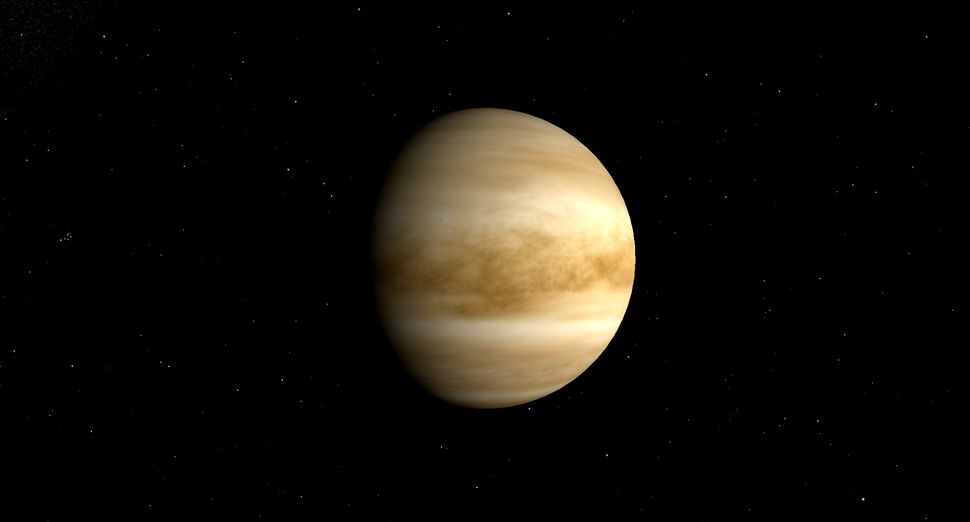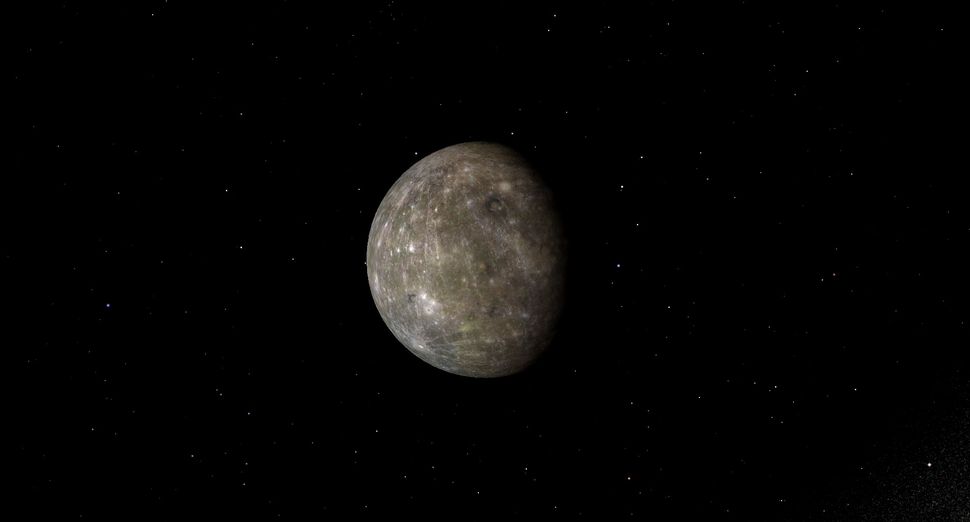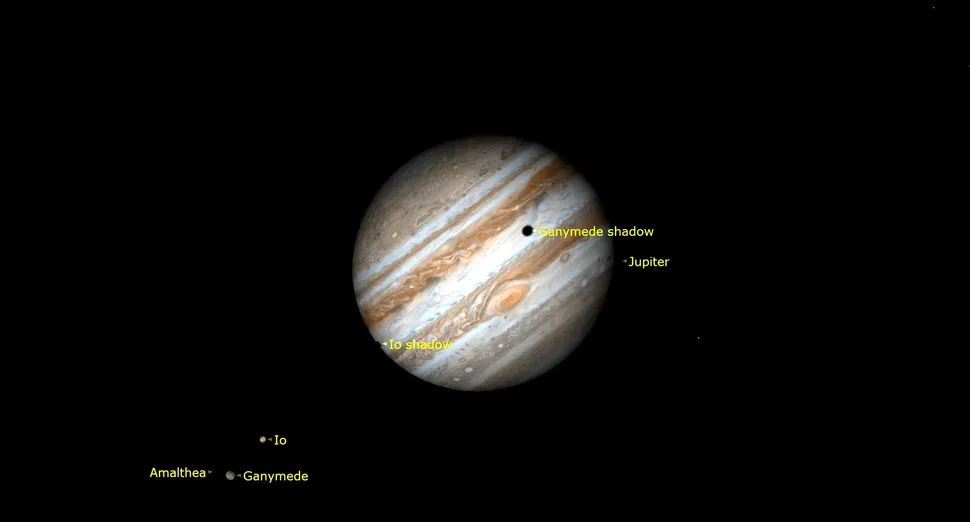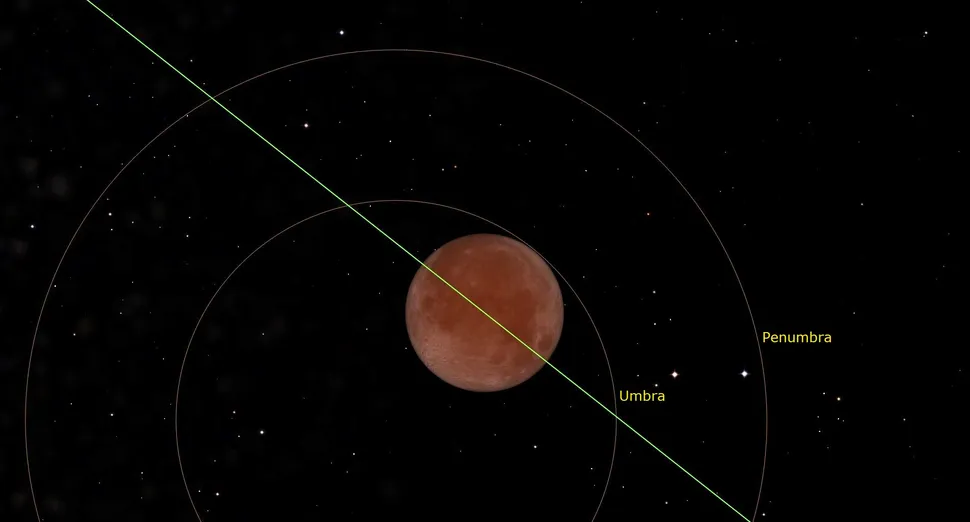Forum Replies Created
-
AuthorPosts
-
pseudointellectual
noun
a person exhibiting intellectual pretensions that have no basis in sound scholarship.
a person who pretends an interest in intellectual matters for reasons of status.adjective
of, relating to, or characterized by fraudulent intellectuality; unscholarly:
a pseudointellectual book.The inserting image into our posts seem to have been taken away… I hope this is temporary and we get this back soon.
I’m not patronising. Quote me correctly or don’t quote me at all.
I said “There is no need to be so negative and hostile.”Perhaps we could all list the things we would like changing to help improve things.
I have tried to do this already and asked for things I would also like to be returned if possible.

Venus will spend all of May parked low in the northwestern post-sunset sky — in the opening stages of its lengthy 2021 apparition. During the month it will gradually increase its angle east of the sun from 9 degrees to 18 degrees, but Venus’ brilliant -3.9 magnitude will allow our sister planet to be seen easily within the evening twilight. Venus will share the sky with much dimmer Mercury during May. The speedy planet will pass only 0.4 degrees to the left of Venus on May 28 — close enough to appear with Venus in a telescope eyepiece. However, Venus will outshine Mercury by 280 times — so seeing Mercury will be difficult.
Planets

After sunset throughout the month of May, Mercury will be easily visible by Northern Hemisphere observers while it travels east of the sun on the high side of a nearly vertical evening ecliptic plane; however, this will be a poor apparition for Southern Hemisphere observers. Sharing the northwestern sky with much brighter Venus, the speedy planet will climb away from the sun until mid-month. It will pass just to the left (or celestial south) of the Pleiades star cluster on May 4 — but the evening twilight will all but overwhelm those seven sisters. Mercury will begin shining in a nicely darkened sky after the first week of May, with the best viewing window arriving between about 8:30 and 9:30 p.m. local time. On May 16, Mercury will reach greatest eastern elongation and peak visibility, 22 degrees from the sun. After that, the planet will swing sunward each evening, eventually becoming more and more difficult to see. Since Mercury will be traversing the space between Earth and the sun, telescope views of the planet during May will show its disk doubling in size while waning in illuminated phase from 80% to 8%. (Ensure that the sun has completely disappeared below the horizon before using binoculars or telescopes to view Mercury.) On May 28 Mercury will pass within half a degree to the left (or celestial south) of Venus — close enough for them to appear together in a telescope eyepiece. However, Venus will outshine Mercury by 280 times — making seeing Mercury a challenge. On May 13 the crescent moon will pass several finger widths to the left (or 3 degrees to the celestial southeast) of Mercury.
Friday, May 28 — Double shadow transit on Jupiter (21:29-22:18 GMT)

From time to time, the small round black shadows cast by Jupiter’s four Galilean moons become visible in amateur telescopes as they cross (or transit) the planet’s disk. Before dawn on Sunday, May 23, observers located in Central Asia can see two of those shadows on Jupiter at the same time. At 5:29 p.m. EDT (2129 GMT), Io’s small shadow will join Ganymede’s large shadow already in transit. The two shadows will cross Jupiter together for 45 minutes until Ganymede’s moves off the planet at 6:18 p.m. EDT (2218 GMT). Io’s shadow will continue to transit Jupiter until 7:46 p.m. EDT (2346 GMT).
Wednesday, May 26 — Total lunar eclipse

The full moon of Wednesday, May 26 will also generate a total lunar eclipse. Due to the enlarged supermoon effect, this eclipse will barely qualify as a total one. When at maximum eclipse, the northern limb of the moon will be a scant 0.3 arc minutes from the northern edge of the umbra — limiting the length of totality to just 14.5 minutes. Observers should expect the southern half of the moon, which will extend much deeper into the umbra, to look noticeably darker than the northern half. The moon will first contact the umbra at 5:44:57 a.m. EDT (0944 GMT ) and will last touch the umbra three hours later at 8:52:22 a.m. EDT (1252 GMT). The entire eclipse will be visible across the Pacific Ocean, and from New Zealand and eastern Australia. Except for the northeastern states and provinces, observers in the Americas will see at least the initial stages of this eclipse. The moon will set before the eclipse ends for observers on the west coasts. Lunar eclipses are completely safe to observe unfiltered with your unaided eyes, binoculars, and telescopes.
Wednesday, May 26 — Full milk supermoon

The moon will reach its full phase at 7:14 a.m. EDT (1114 GMT) on Wednesday, May 26. May’s full moon always shines in or near the stars of Libra or Scorpius. Every culture around the world has developed its own stories about the full moon, and has assigned special names to each full moon. The indigenous Ojibwe groups of the Great Lakes region call the May full moon Zaagibagaa-giizis “Budding Moon” or Namebine-giizis, the “Sucker Moon.” For them it signifies a time when Mother Earth again provides healing medicines. The Cree of North America call it Athikipisim, the “the Frog Moon” — the time when frogs become active in ponds and swamps. The Cherokee call it Ahnisguti, the “the Planting Moon,” when the fields are plowed and sown. In European cultures, the moon is commonly called the Full Milk Moon, Full Flower Moon or Full Corn Planting Moon. When fully illuminated, the moon’s geology is enhanced — especially the contrast between the bright, ancient, cratered highlands and the darker, younger, smoother maria. This full moon will occur nine hours after perigee, the point in the moon’s orbit when it is closest to Earth, making this the largest supermoon of 2021.
Amr Diab – Tamally Maak
No, its just me testing things out.

Next is another pioneer trying it out

Because Each Achievement Stands Tall

STAND
Chris Rea – ‘Til The Morning Sun Shines On My Love And Me
What if it was the Road to Paradise?
Chris Rea – The Road To Hell 1989
Beth Hart and Joe Bonamassa – I’ll Take Care Of You
-
AuthorPosts






